Hortham, like many institutions other it’s time was constantly adapting the changing care needs of its patients. Below I’ve listed some adaptations made where known.
Civil Defence Hospital
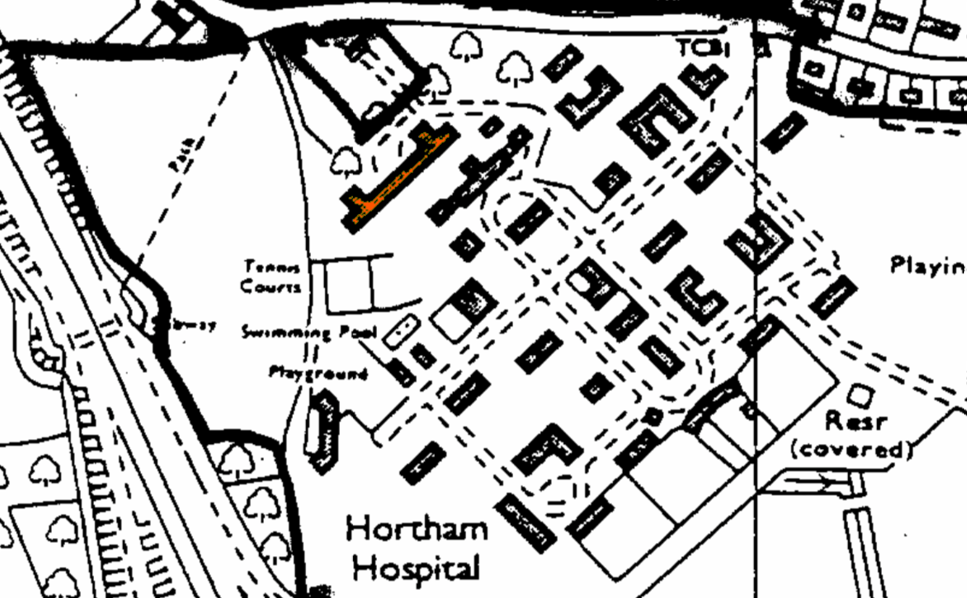
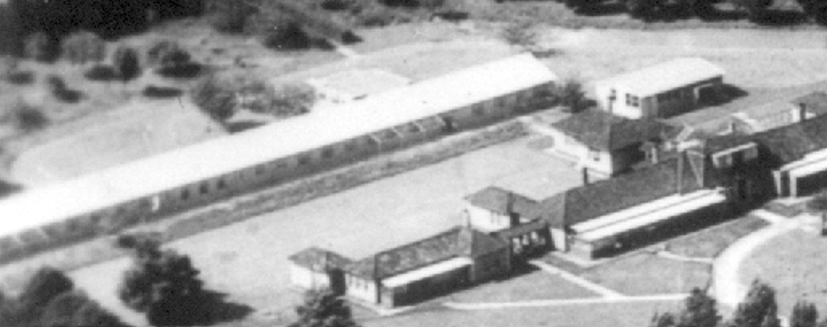
Following the uncertainly following WWII, the world was still in an unsettled state. The government had providing funding for an emergency 50 bed hospital and associated nurse accommodation to be built on the site. This was built just north of the original hospital. It was built in single story plan and for many years, despite being equipment for acute medical care, was sat empty. Eventually the building was handed over to the health authority and it became Hortham’s new hospital ward. The original hospital unit was turned into the Minerva ward (for children), the Western most wing which was previously female Tuberculosis ward now become the Lyon Ward. Which was named after the first Medical Superintendent of the site who passed away in 1958 having only retired three years earlier. The male Tuberculosis ward on the eastern wing of the old hospital now used for industrial therapy, became known as the ‘Pen unit’ as it was used for assembling ball point pens for some time. I believe the new hospital unit was demolished in the 1980s.

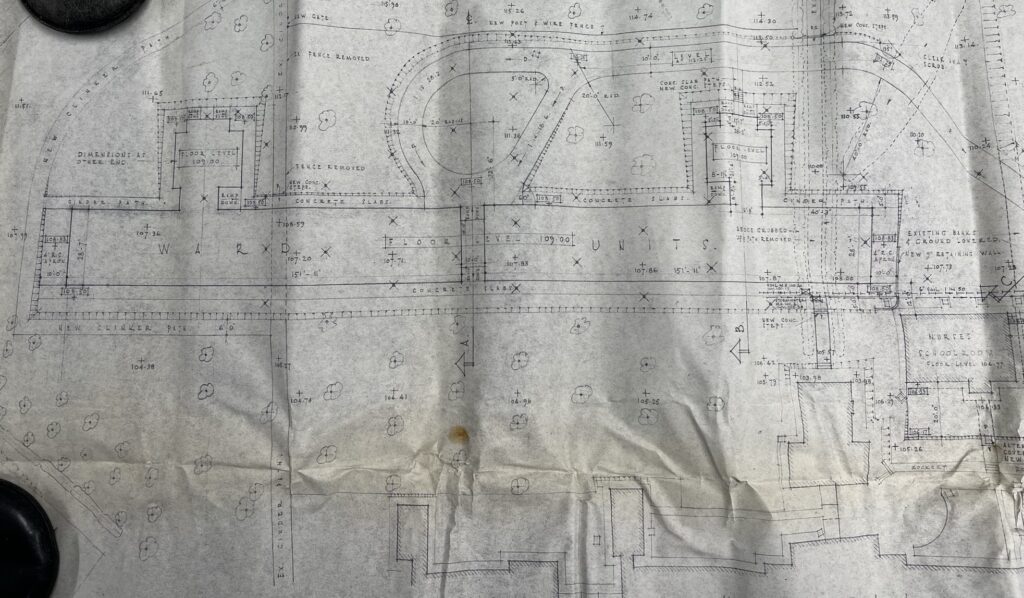
School of Nursing
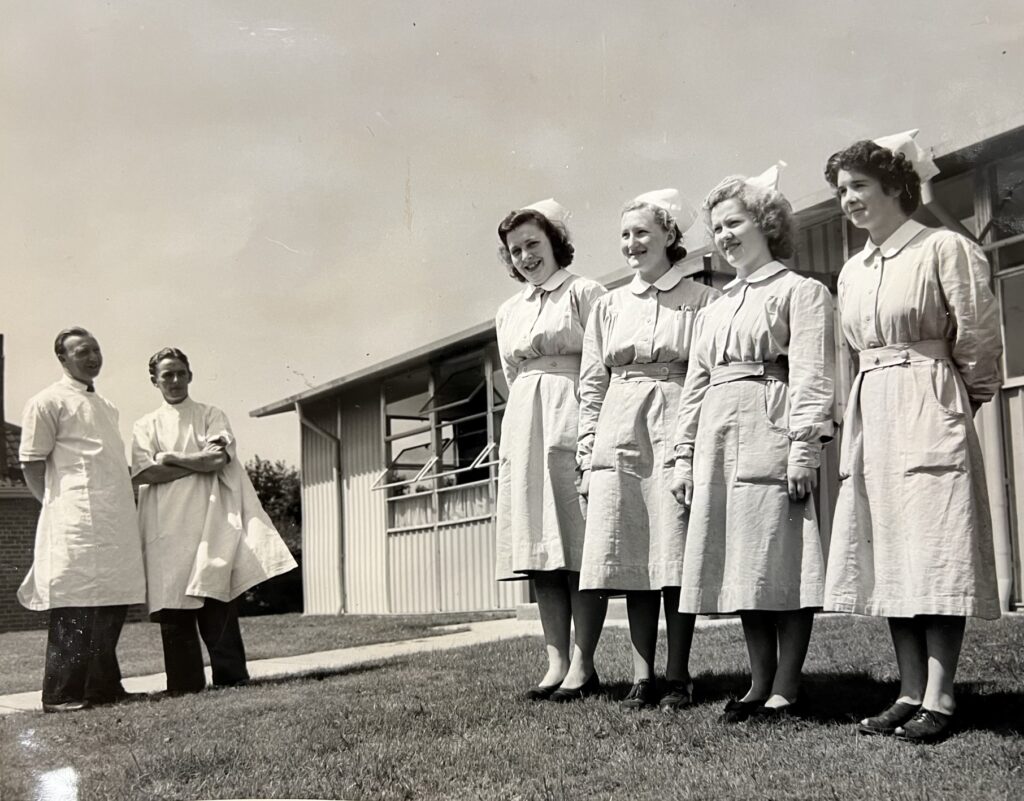
In 1951 plans were submitted for three adaptations to the site; a Civil Defence Hospital, Nurses Training Unit and Nurses home. Hortham had always had the provision for Nurse training under the guidance of the Deputy Matron/Tutor. There was no specific accommodation for this and they had previously used the old Hospital for this purpose. The early 1950s brought with it the recognition for the requirement of specialist facilities to train nurses and the Nurse Training School was built, just North of the old hospital. A small prefabricated building was built shortly followed by a second one. The training unit was later moved to what was the Medical Superintendents house North of the site that had now been repurposed. The original training unit was used for as an ‘adult school’ and accommodation for social workers. I cannot tell exactly when the first training unit survived until as it is not there on 1995 satellite images but is present on early 90’s planning maps of the site.
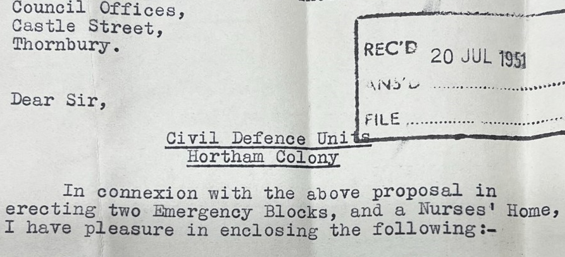
Nurses home – Beechwood
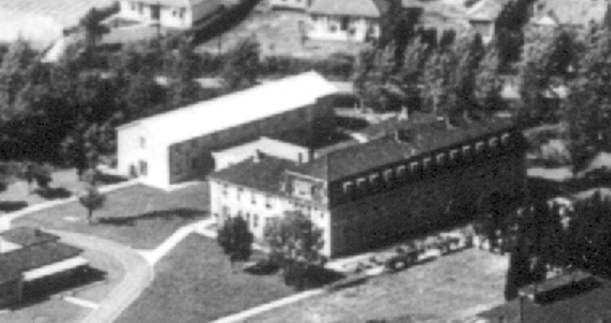
This two story block was originally built to accommodate staff for the new hospital unit. It was built to the North of the existing nurses home. The two buildings were connected by a covered walkway. This new two story building now allowed for male staff to live on site, as previously they had to stay off site. Beechwood survived until the site was demolished in 2006.
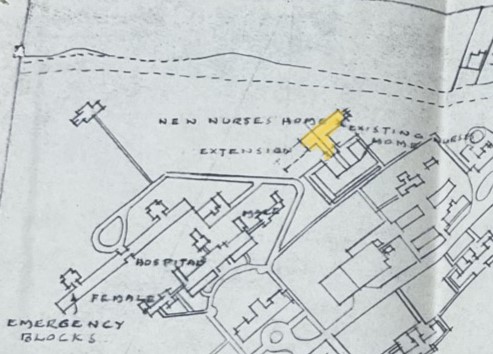
Colony Farm
A change in attitudes to care and also possibly linked to the Hospital’s incorporation to the NHS led to farm equipment and land being sold in 1953 and 1957. From paperwork at the archives it appears that the management committee may have trialed leasing the land for a period of time then deciding to sell it. The Colony farm buildings existed albeit it in a derelict state until 2020 when the land was developed by a local football club. It was noted prior to the hospital being built that the land wasn’t of much use for agricultural purposes because of drainage and a type of stone found in the soil.
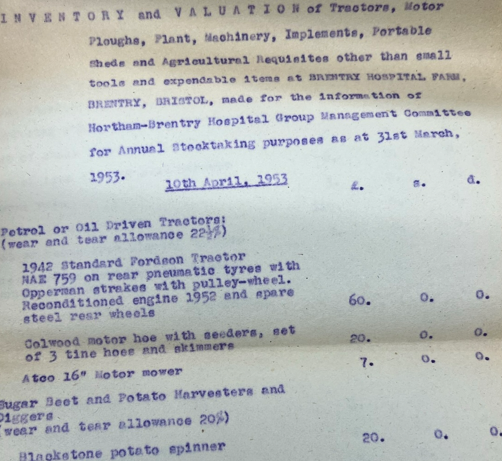

Adapted existing wards
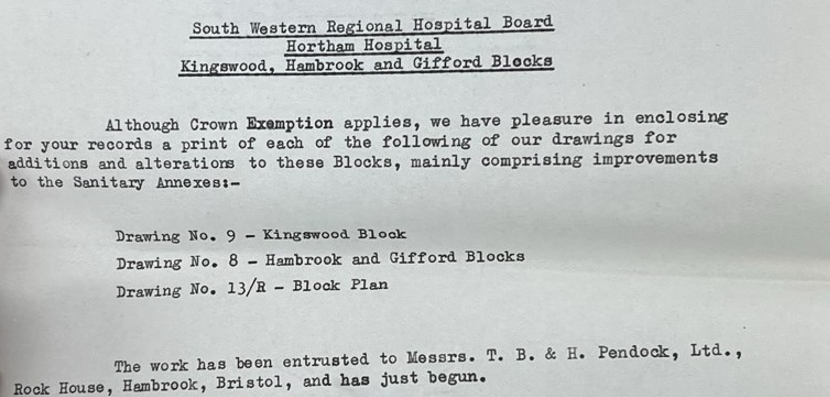
Where the original homes or wards had been designed for 40-50 patients each, there was a policy decision in the early 70s to provide smaller units. The two storey buildings could be divided and adapted, this meant that one ward was now two and one of the new wards would be given a respective new name. For example, Frenchay ward was now Frenchay & Failand. A provision was also made for some ground floor wards. The ‘modernisation’ of the older two storey buildings took place over the course of approx. 15 years, as funds were tight they could only adapt one per year, although it is clear from the ‘change of gear’ about how to care for the ‘mentally handicapped’ that they did not succeed in modernising all of the wards by the time Hortham was being closed.
From architectural plans and planning permission archives we can see that some of the original 1930’s two storey wards were adapted a number of times, namely to extend/repurpose the northern ‘Sanitary Annexes’ in at least four wards. Following a change to the heating system in the 80’s, a third story extension was added to the flat roof on top of the Sanitary Annexes and a boiler house added on the ground floor to all of the wards. They were all built identically in 1930, but by the time it closed each ward had its unique features.

From the above plans we can see a dramatic change in the layout, most importantly giving the patients much more space and privacy that they were afforded before with in the inclusion of partitions and separate day space. The new boiler cupboard added on the right hand side and the annex at rear extended and adapted.
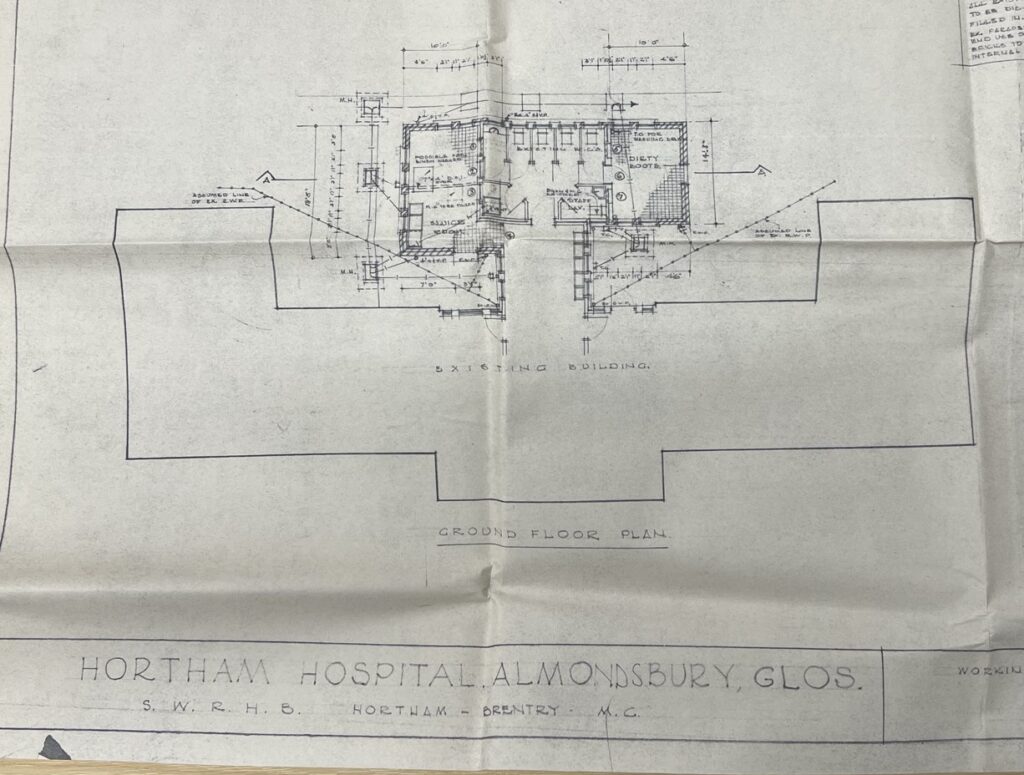
Another changes I’m aware of:
- Barton, Clifton, Easton & Frenchay never had any major structural redevelopments like their sanitary annexes
- Hambrook & James wards both had a unique single story extension to its day room facing south
Additional wards built
As mentioned above, the two storey buildings could be adapted and divided, two ground floor prefabricated wards were also built. Named Nixon and Jennison after two former Chairman of the Hortham-Brentry Management Committee. They survived all until the site was cleared.
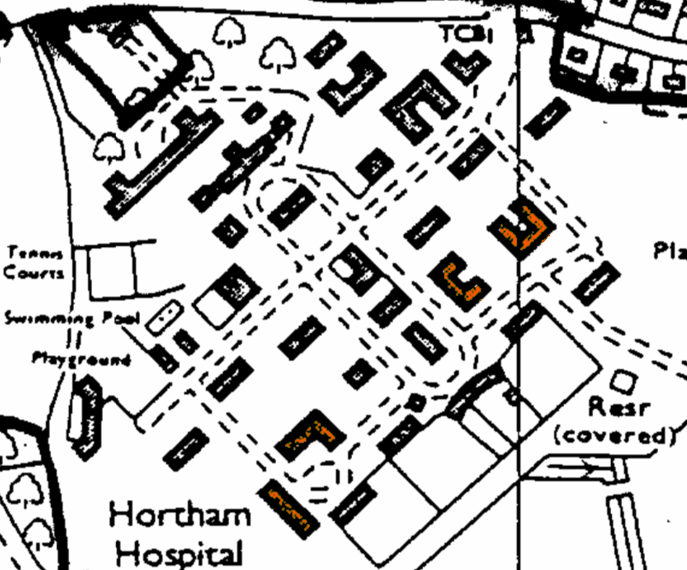
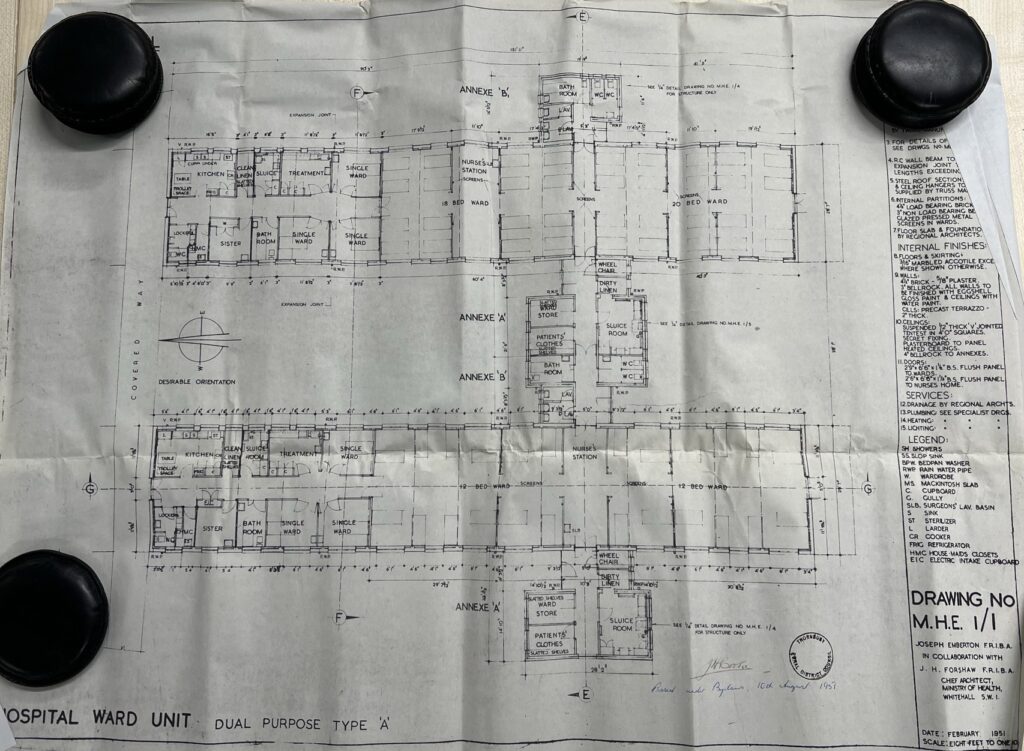
1982 Two New Wards
Provision was made in the early 80’s for two new wards to be built, these were to accommodate 22 ‘multiply handicapped’ patients and 18 requiring further intensive care. These were designed to replace the previous civil defence hospital as this had long since been unfit for purpose. It’s disappointing to think these got less than a decade of use before the hospital closed.
Chapel
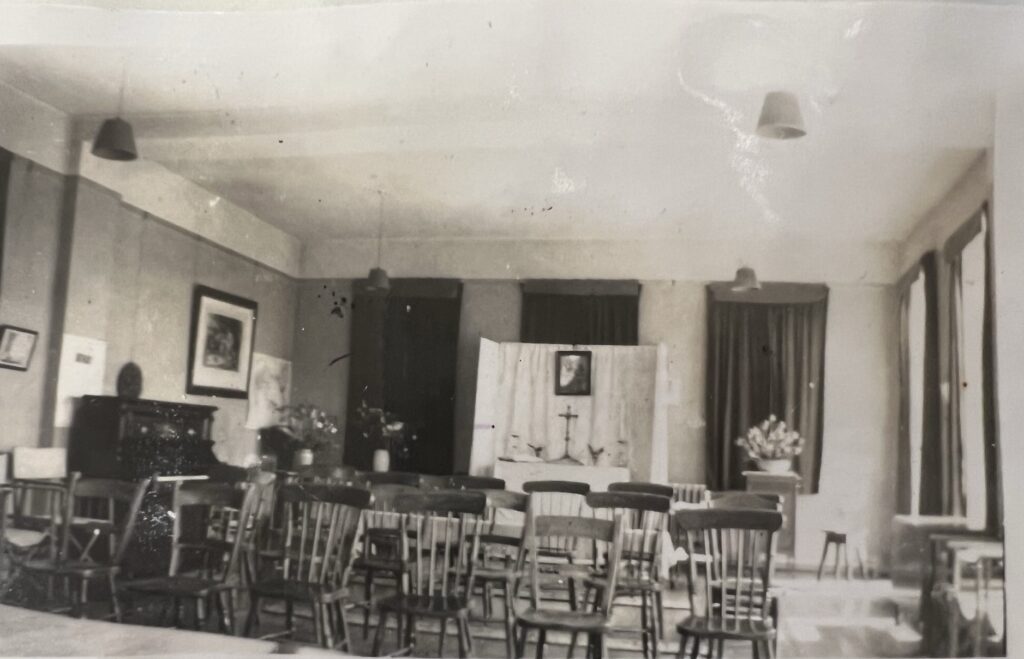
Unlike many other hospitals of the era, Hortham wasn’t built with a dedicated place of worship. The recreation hall was used mostly to fulfil this purpose where possible. From 1957 The Hortham-Brentry League of Friends came about . They made a massive contribution to improving the wellbeing of the patients from organising day trips, funding television sets for the wards, swimming and paddling pools and they also raised funds for a Chapel/Community centre that opened in November 1979. Roy Castle ‘opened’ the chapel and unveiled a plaque, it drew in a large crowd and local media attention. It was one of the last new buildings to be built at Hortham, as only 12 years later the site would close for good.

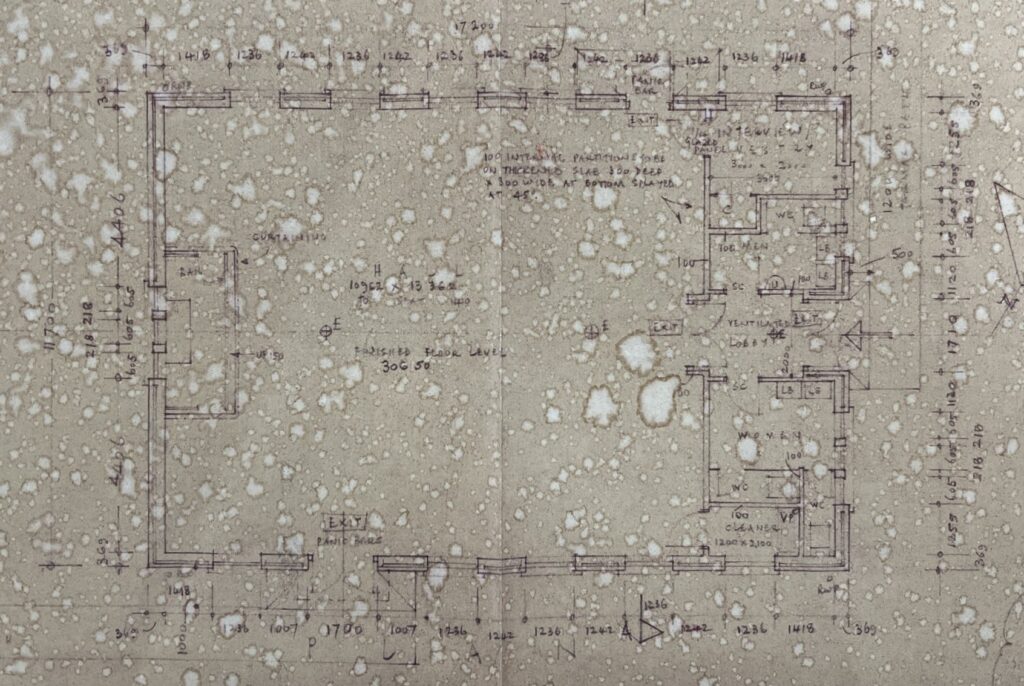
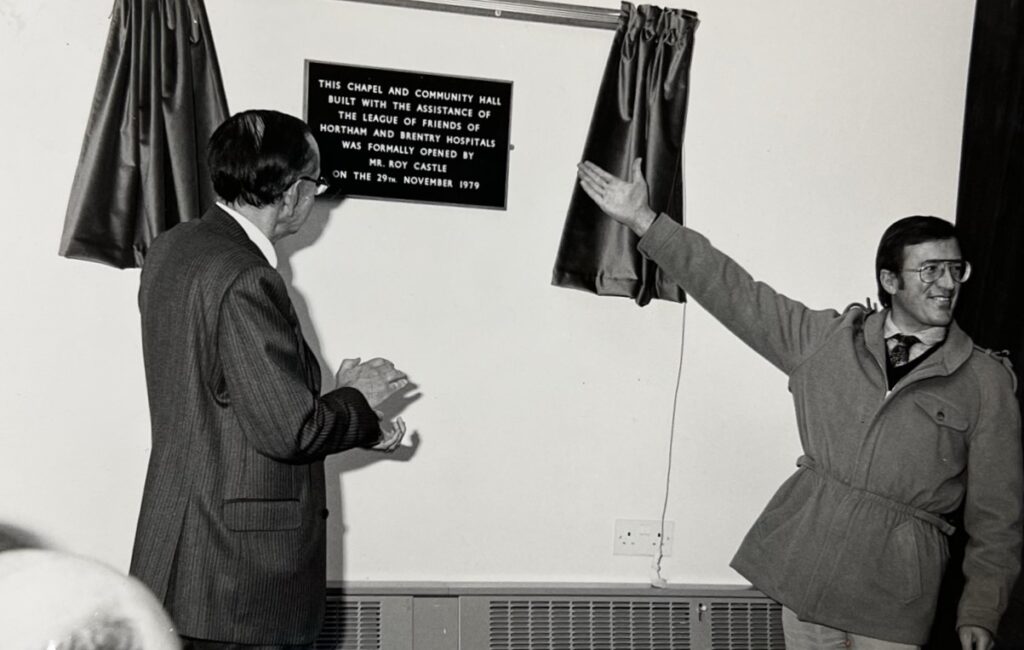
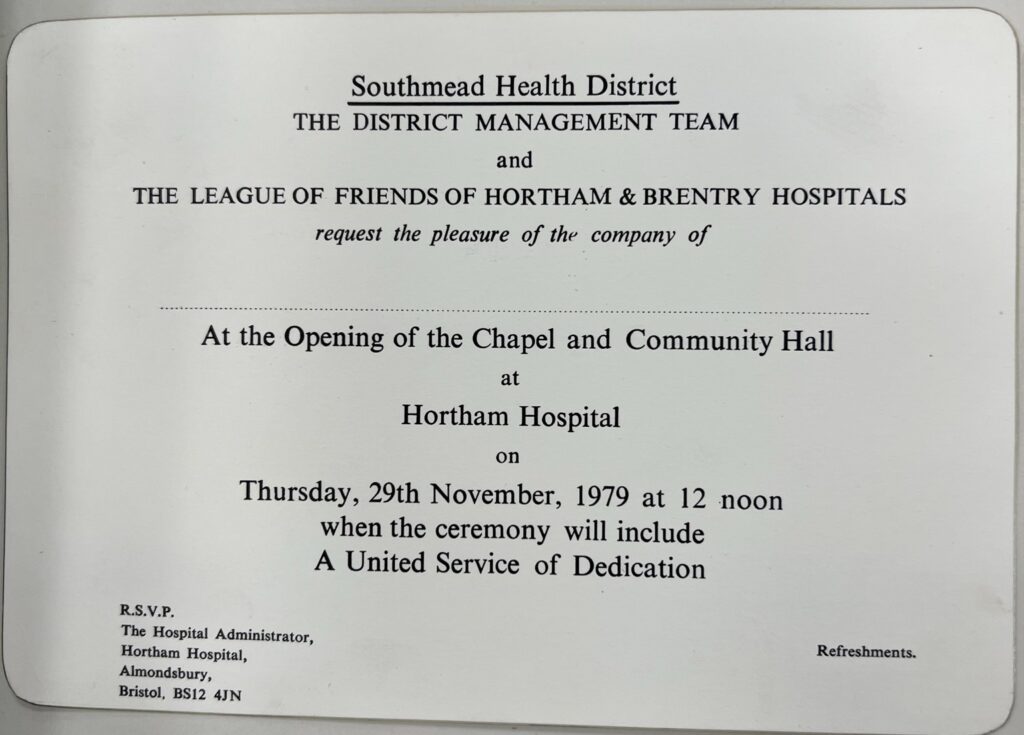
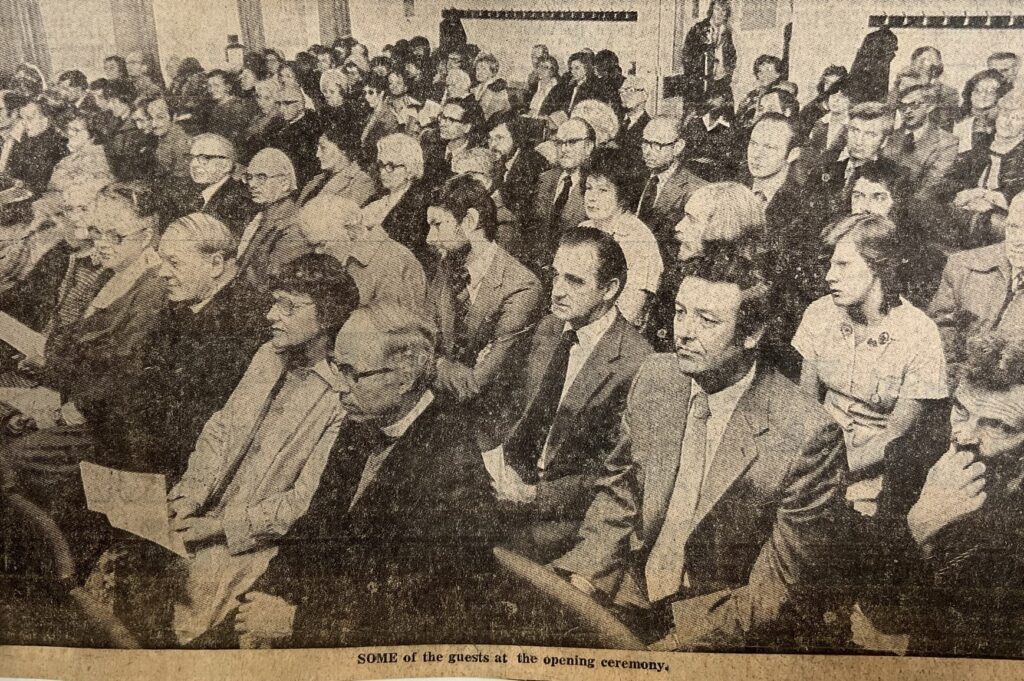
Swimming pool

Thanks to the creation of the Hortham-Brentry League of Friends fundraising and charity events managed to secure enough money to build a swimming pool at the hospital, it opened late 1961 from what I understand. It was very popular with the patients and staff alike and even staff’s family and locals used to come and enjoy it. Brentry hospital followed suit and built their own in 1967. In 1970 a patient called Gloria sadly drowned in Hortham’s pool despite being a reasonable swimmer and the fact that there was two members of staff and 4 able bodied patients nearby. In 1973 the pool was covered over to make it suitable for use in all seasons and weathers.
Some of the text in this post was summarised or adapted from information found in the Hortham Hospital – History of Change booklet by Basil Upham & Philip Roberts published 1982
